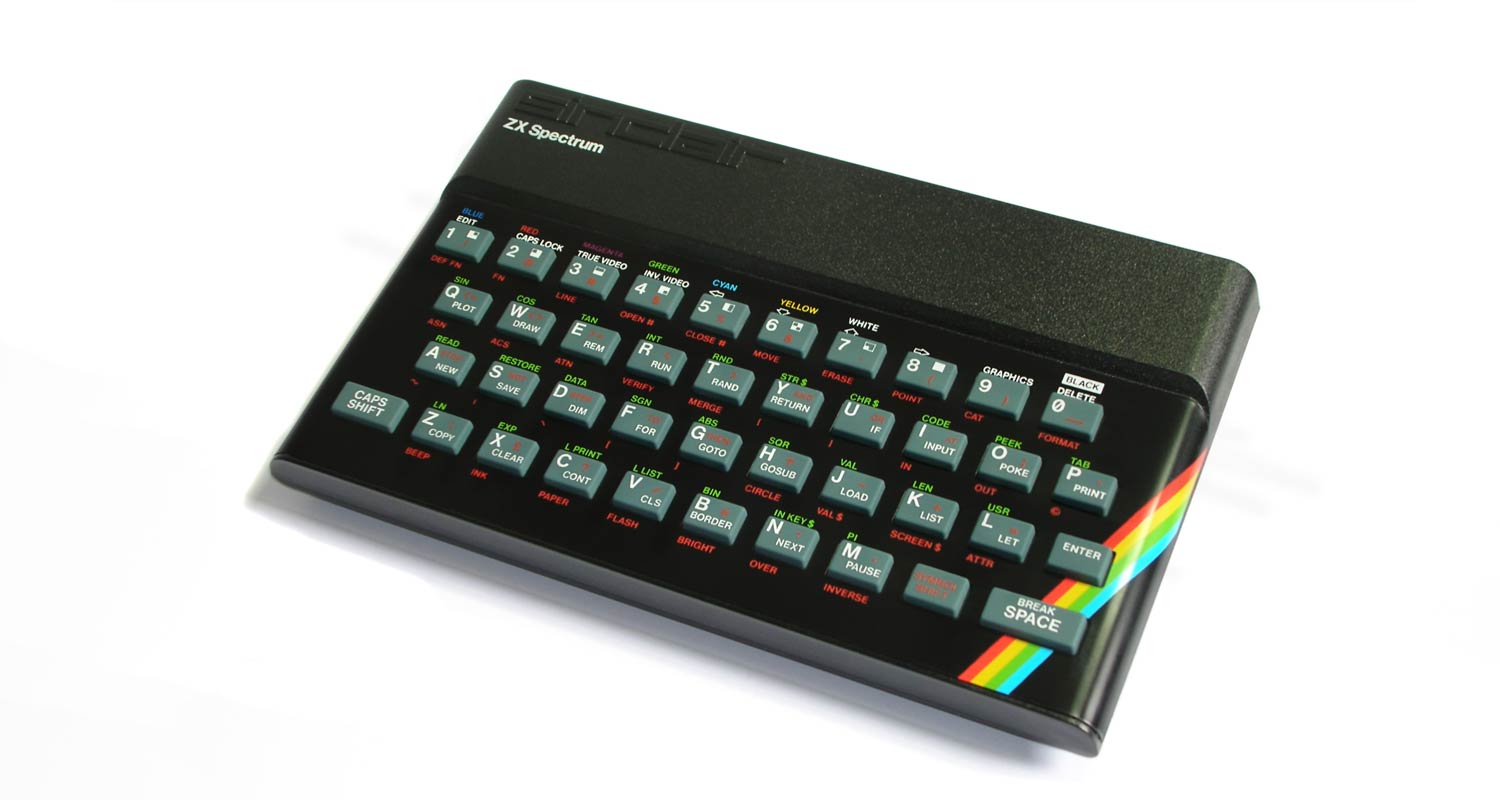
Some gadgets are unforgettable. Some technologies were ground-breaking – the first of their kind – and some forever changed how entire industries worked.
Others were not necessarily firsts, but they took fledgling concepts on the fringes of technological adoption and refined them, bringing them into the mainstream of society. Hello, iPhone.
This list, debated extensively by TechCentral’s editorial team, is our view of 20 of the most important electronics products that changed the world. Let us know in the comments if there are any you’d add to (or remove from) the list.
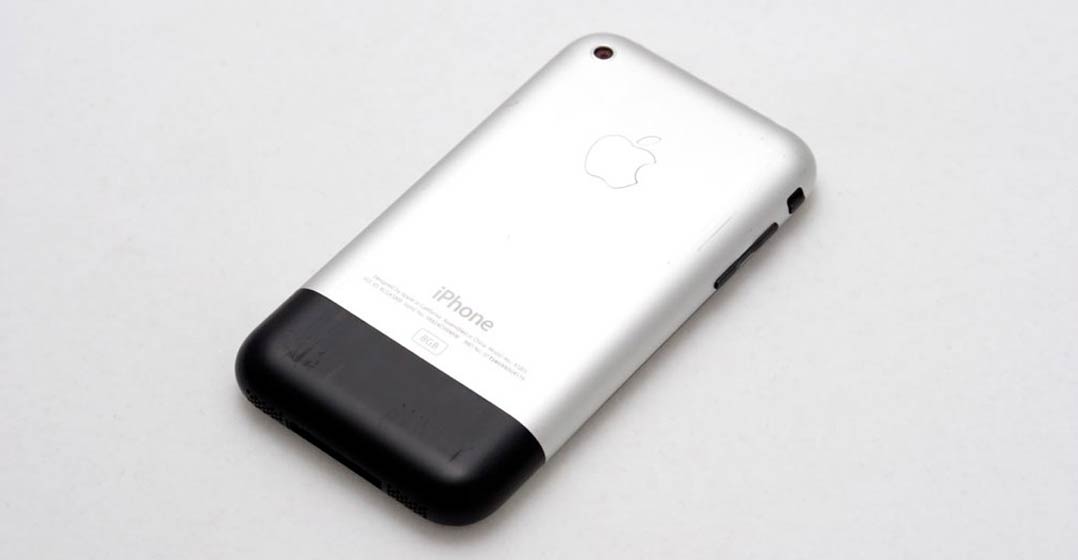 1. Apple iPhone
1. Apple iPhone
The original iPhone debuted in 2007 and laid the foundation for modern smartphones. It introduced the touch screen and (soon after launch) the App Store, forever changing how people interact with software. The iPhone shaped modern culture and the nature of the economy by transforming media consumption and creating new industries.
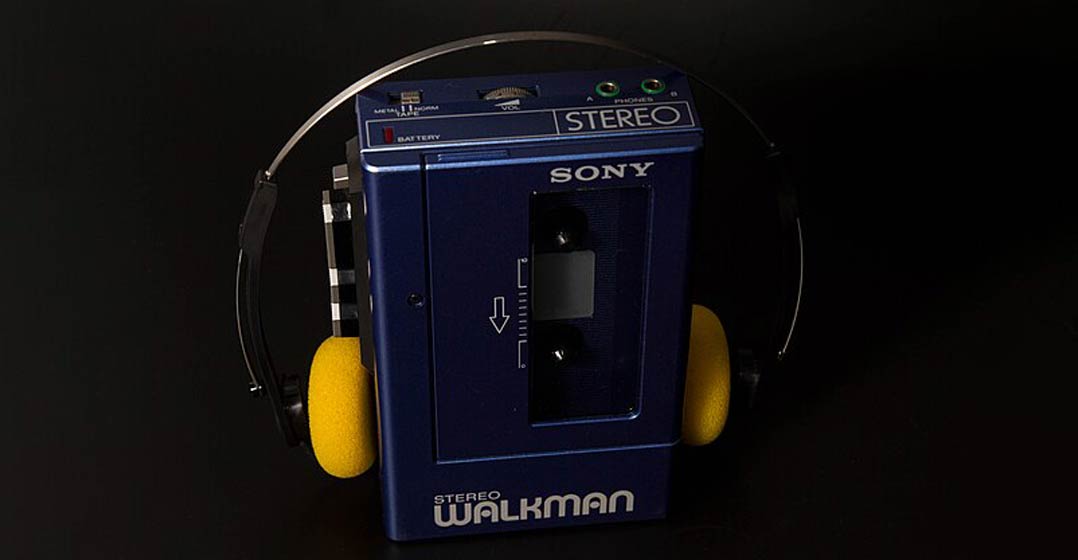 2. Sony Walkman
2. Sony Walkman
Sony’s introduction of the Walkman in 1979 revolutionised how people experienced music by personalising what was previously mostly only accessible through concerts or the radio. It allowed people to take their tunes on the go while keeping their experience private and individualised.
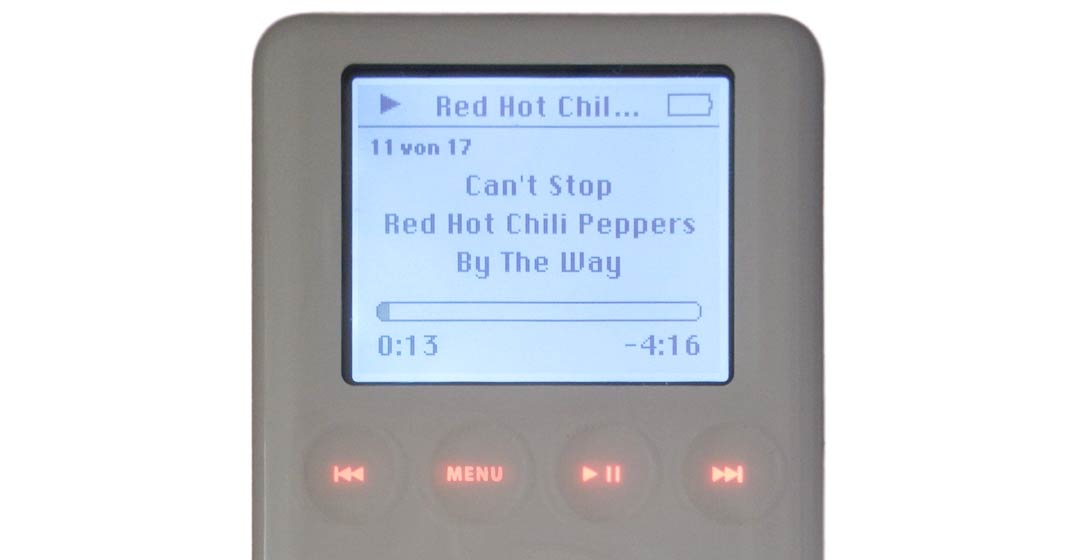 3. Apple iPod
3. Apple iPod
Sony’s Walkman “walked” so the iPod could “run”. Although the iPod didn’t bring much novelty from a conceptual point of view, its hardware innovations made it sleeker and smaller than its predecessors while massively increasing storage capacity. One of Apple’s major goals for the device, as co-founder Steve Jobs put it, was “to put a thousand songs in your pocket”. The age of the iPod did not last long, however, as smartphones would integrate music players, obviating the need for a separate device.
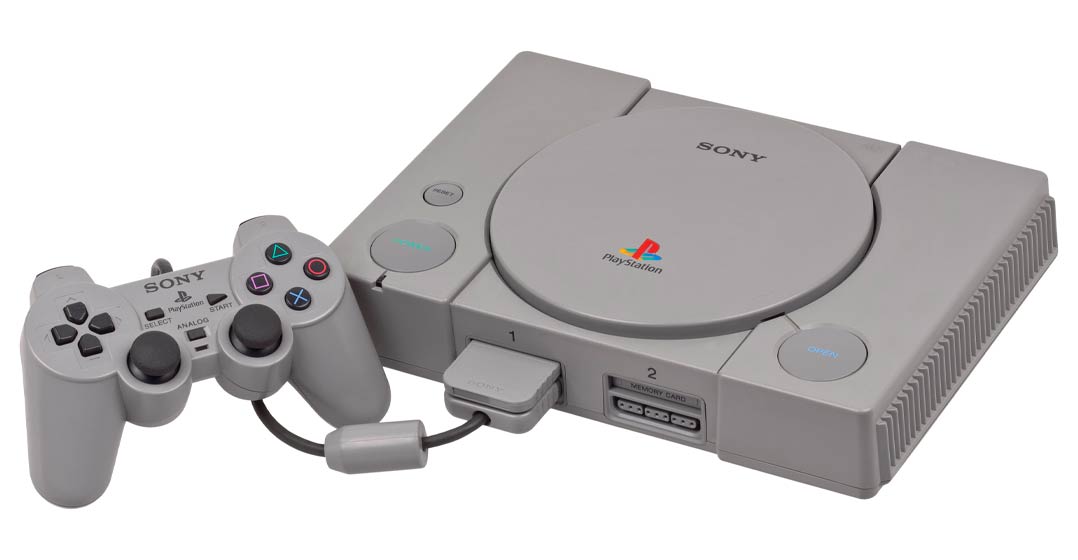 4. Sony PlayStation
4. Sony PlayStation
The Sony PlayStation revolutionised gaming with its sleek design and innovative features. Introducing CD-ROMs, it expanded game capacity, too. The DualShock controller introduced precise analogue sticks and vibration feedback, enhancing immersion. The PlayStation Network connected gamers worldwide, fostering online multiplayer as a concept. Exclusive titles set new standards, shaping modern gaming experiences.
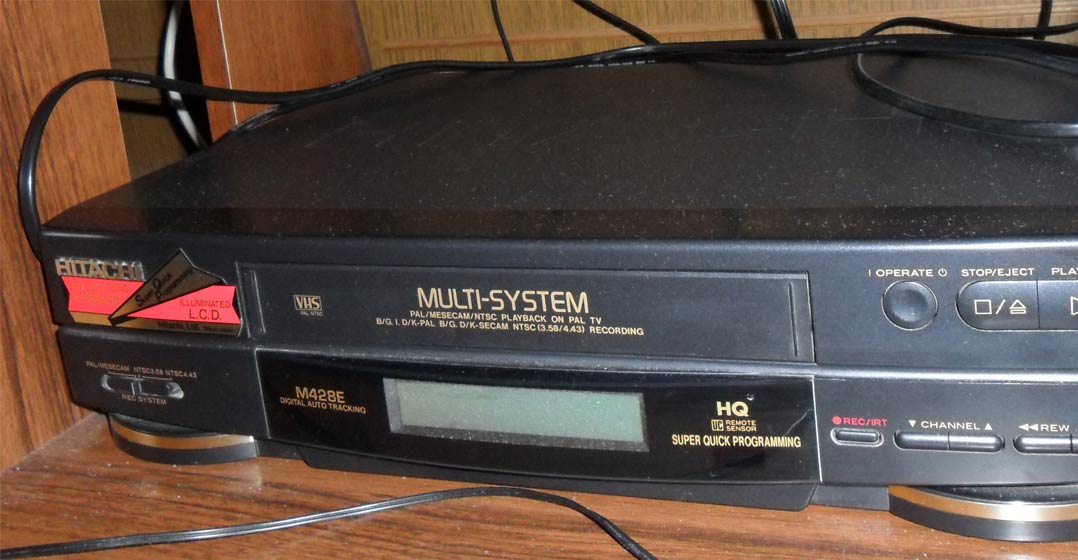 5. VHS machines
5. VHS machines
VHS players and recorders revolutionised entertainment, bringing movies into homes worldwide. The affordable format democratised access to films and spurred a home video revolution. With video cassette recorders (VCRs) becoming household staples, viewers gained control over what they watched and when, ushering in the era of video-on-demand consumption of entertainment. VHS also enabled the distribution of educational content, transforming how knowledge was disseminated. A competitor format, Betamax, failed, mostly because it was more expensive.
 6. Sony Trinitron
6. Sony Trinitron
The Sony Trinitron CRT TV was not the first colour television set in the world, but this series of TVs did offer a superior viewing experience that led to it dominating the market for decades. Trinitron tubes provided better colour accuracy and sharpness with innovations like aperture grille technology. They became iconic fixtures in living rooms, influencing generations of television design.
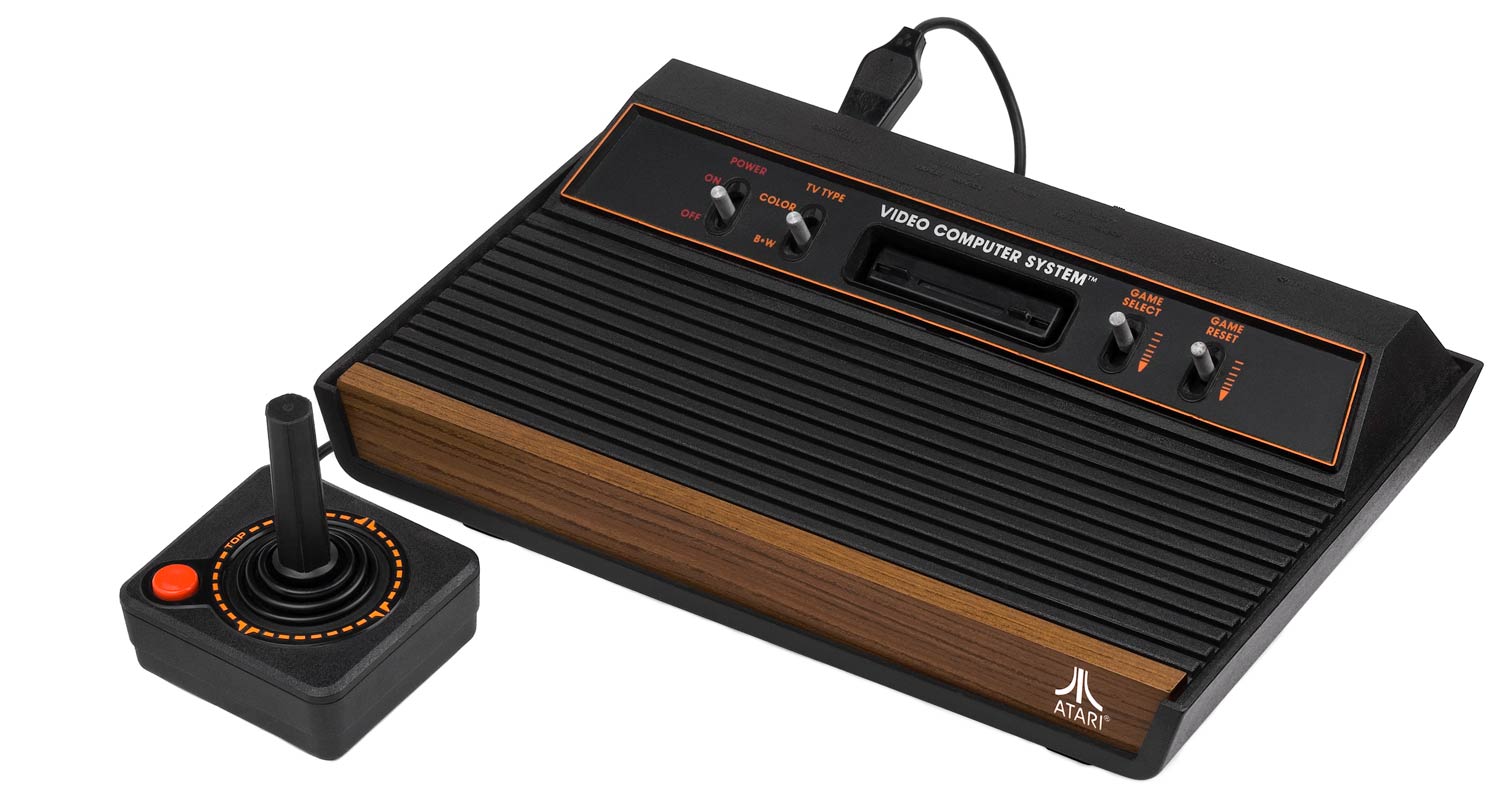 7. Atari 2600
7. Atari 2600
The Atari 2600 revolutionised gaming, pioneering home console gaming in the late 1970s. With interchangeable cartridges, it offered a diverse range of games such as Pac-Man and Space Invaders. Its joystick controllers became iconic, defining gaming ergonomics. Despite its simple graphics, the Atari 2600 laid the foundation for modern gaming culture.
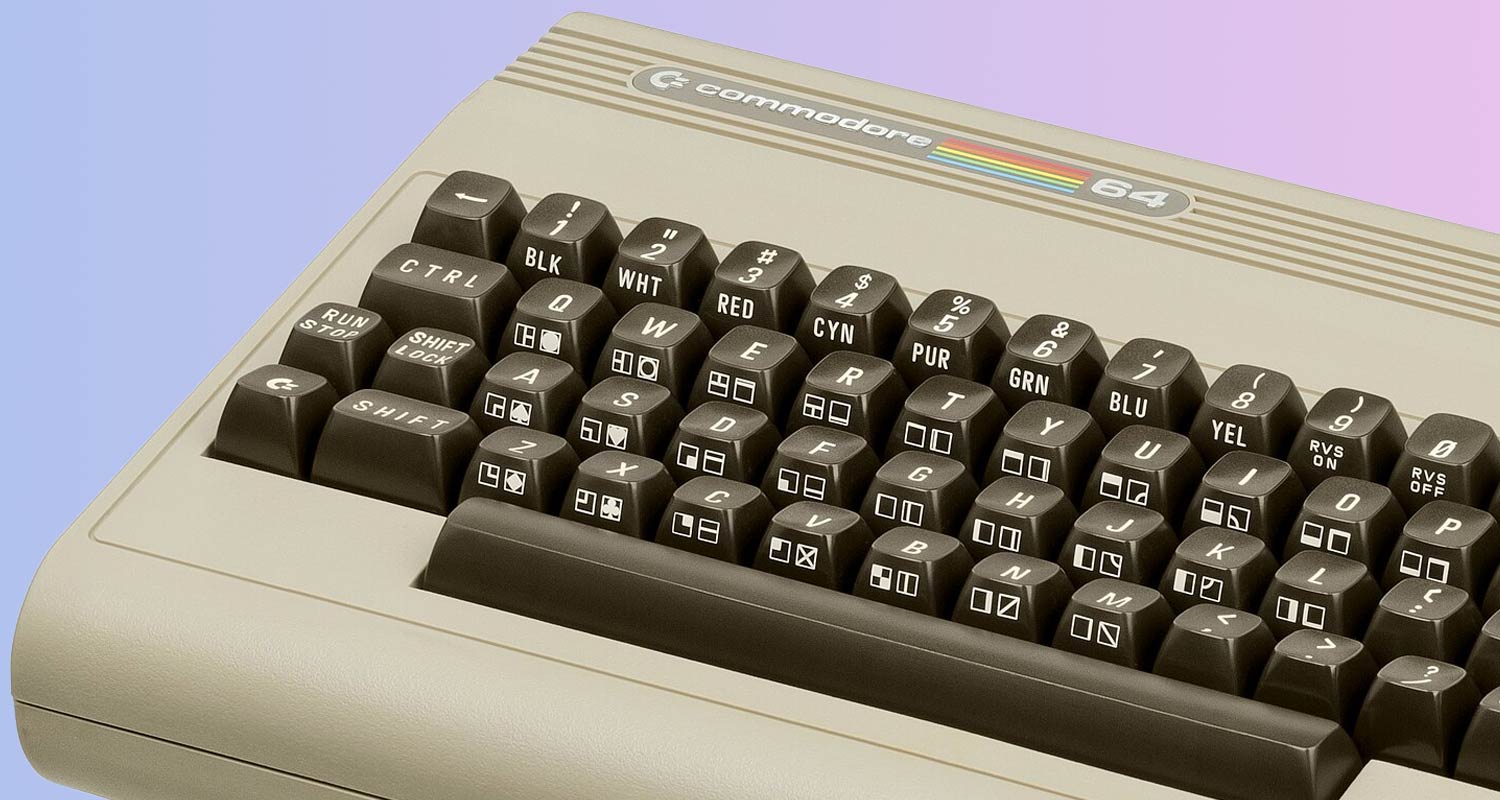 8. Commodore 64
8. Commodore 64
The Commodore 64 played a key role in the personal computer revolution by bringing more functionality at a reasonable price to the mass market in the early 1980s. Its advanced (for the time) sound and graphics helped foster a vibrant gaming culture, while its affordability and accessibility democratised computing, empowering users to explore programming and creativity.

9. Sinclair ZX Spectrum
The ZX Spectrum was developed by a small research team at Sinclair Research whose aim was to produce the smallest, most affordable personal computer. This influential 8-bit home computer was released in 1982 and it changed computing by being affordable and easy to use. Over five million units were sold and its use of Basic made programming accessible to more people than before. The ZX Spectrum also developed a strong reputation as a gaming device.
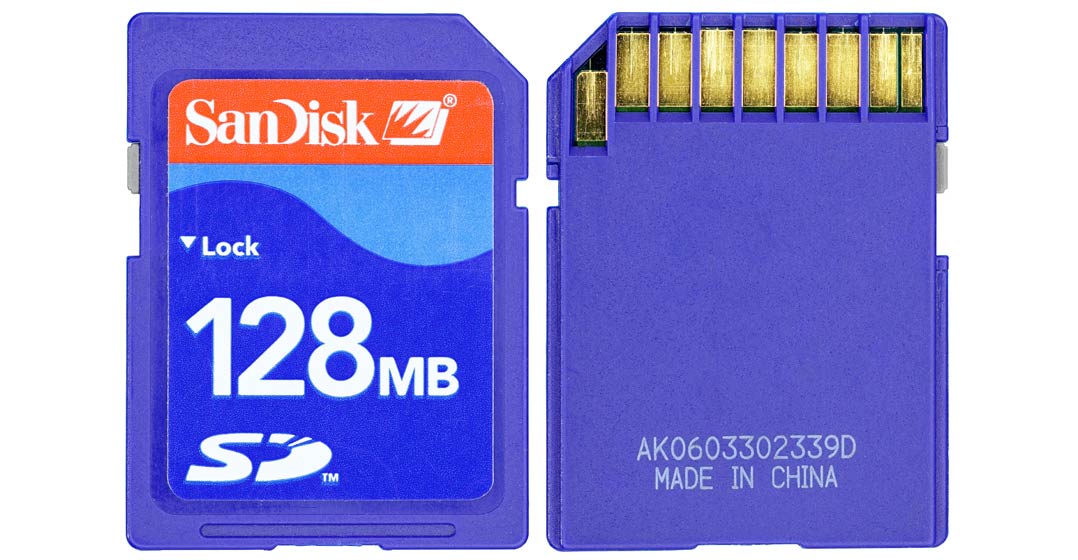 10. SD cards
10. SD cards
Today, the idea of expanding the memory on your cellphone, camera or set-top box using an SD (“Secure Digital”) card that can store 1TB (or more) of data while being no bigger than your thumbnail is something that we take for granted. The first generation of SD cards were of 32MB and 64MB in size, which could keep a few of your favourite songs but were not nearly enough for a movie. SD cards and the intellectual property associated with them are jointly owned by SanDisk, Panasonic and Toshiba.
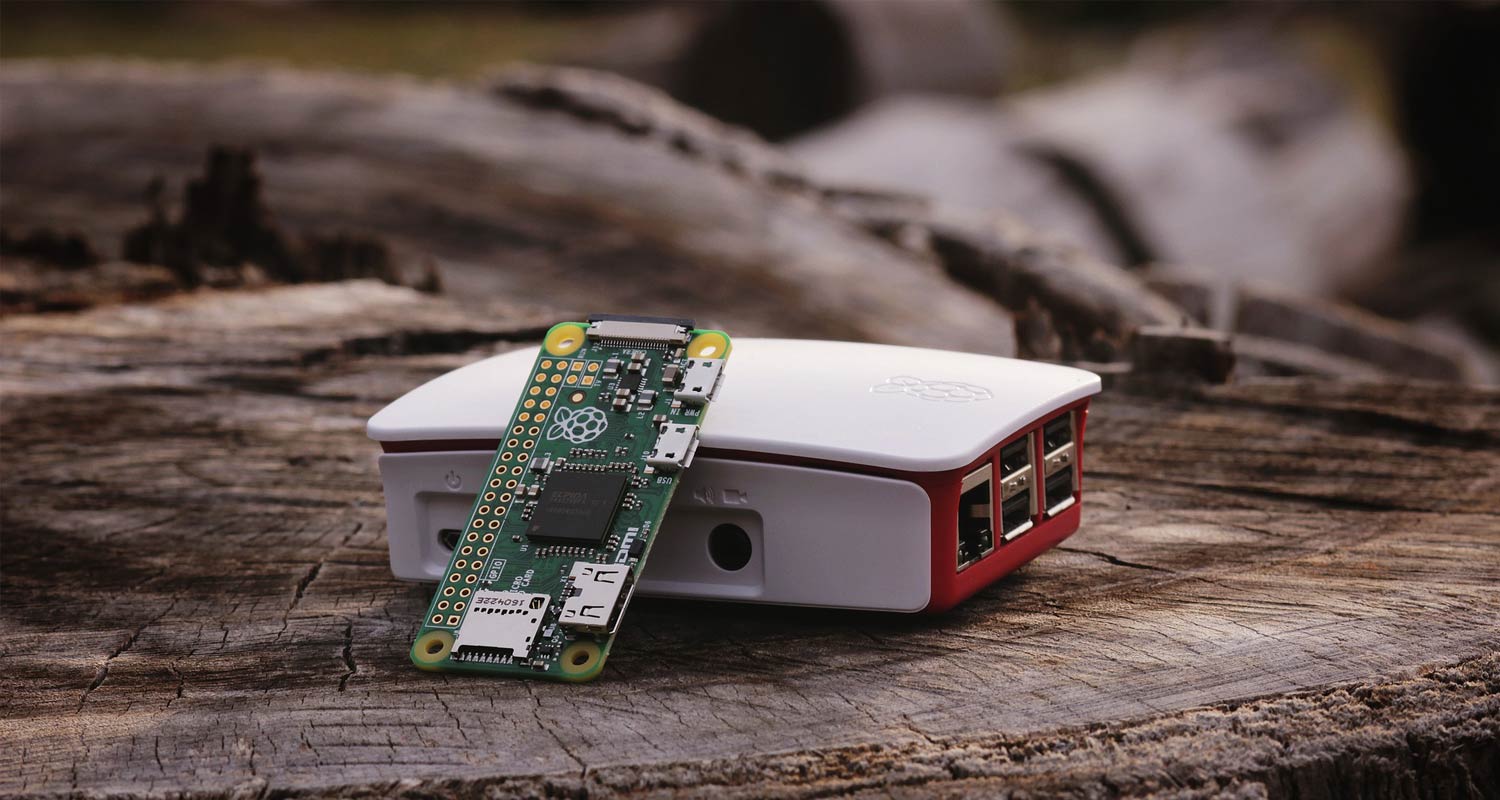 11. Raspberry Pi
11. Raspberry Pi
The Raspberry Pi, a credit card-sized computer, expanded computing education and led to countless DIY projects. Launched in 2012, its affordability and versatility empowered hobbyists, students and professionals to innovate in fields such as robotics, the internet of things and education. It catalysed a “maker culture”, leading to creativity and accessibility in technology worldwide, driving innovation and learning.
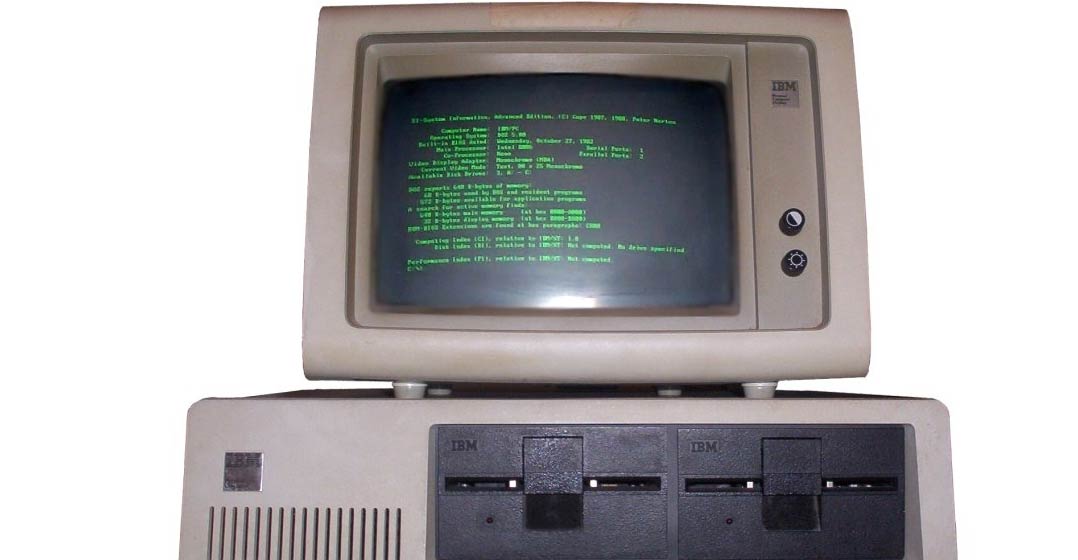 12. IBM PC
12. IBM PC
The IBM PC, introduced in 1981, revolutionised personal computing by establishing a standard architecture free from proprietary constraints. Its open design facilitated hardware and software compatibility, spawning a vast ecosystem. IBM’s decision to use off-the-shelf components fuelled computing’s wide adoption in businesses and homes.
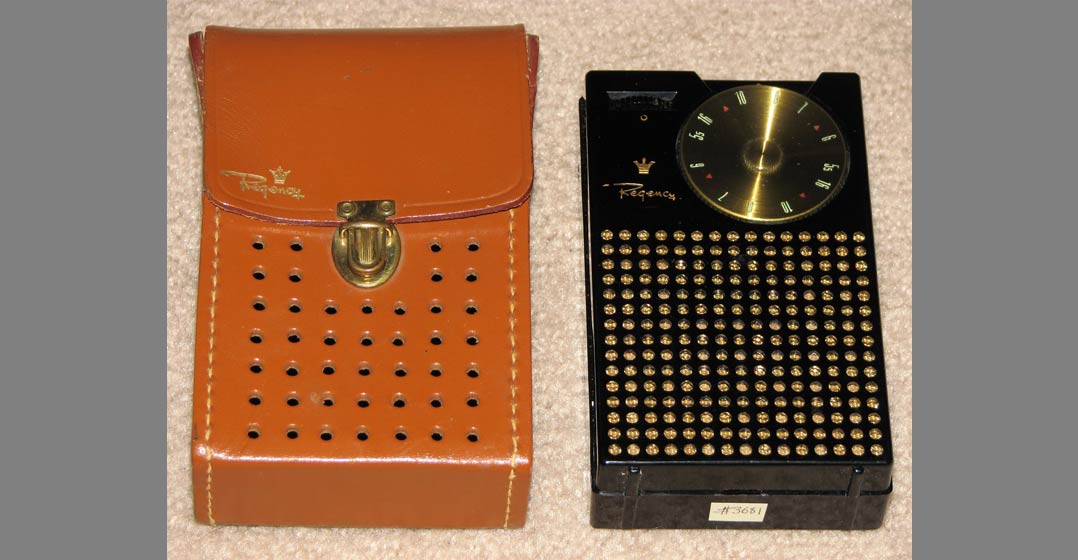 13. Regency TR-1
13. Regency TR-1
The Regency TR-1, released in 1954, was the first radio to use transistors instead of vacuum tubes. The TR-1 was more compact and portable than its predecessors, and this changed how listeners consumed and interacted with music, sports and current affairs broadcasts.
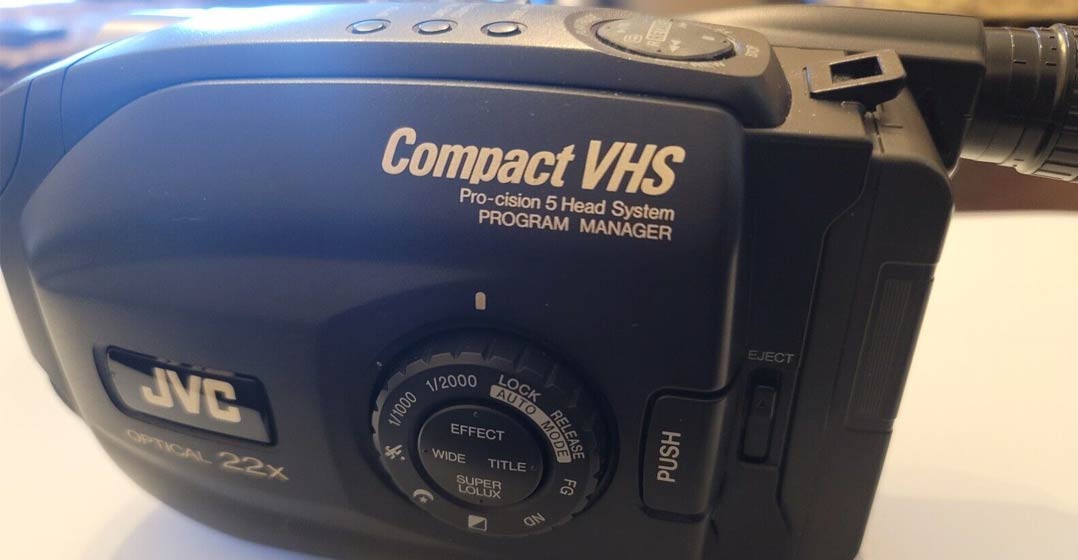 14. JVC VHS Handycam
14. JVC VHS Handycam
The Handycam was the first recorder small enough that families, enthusiasts and professionals alike could carry it around and easily capture memories in VHS format. It changed the nature of visual storytelling by making the medium accessible outside of the filmmaking industry, arguably paving the way for content creation platforms that would follow decades later.
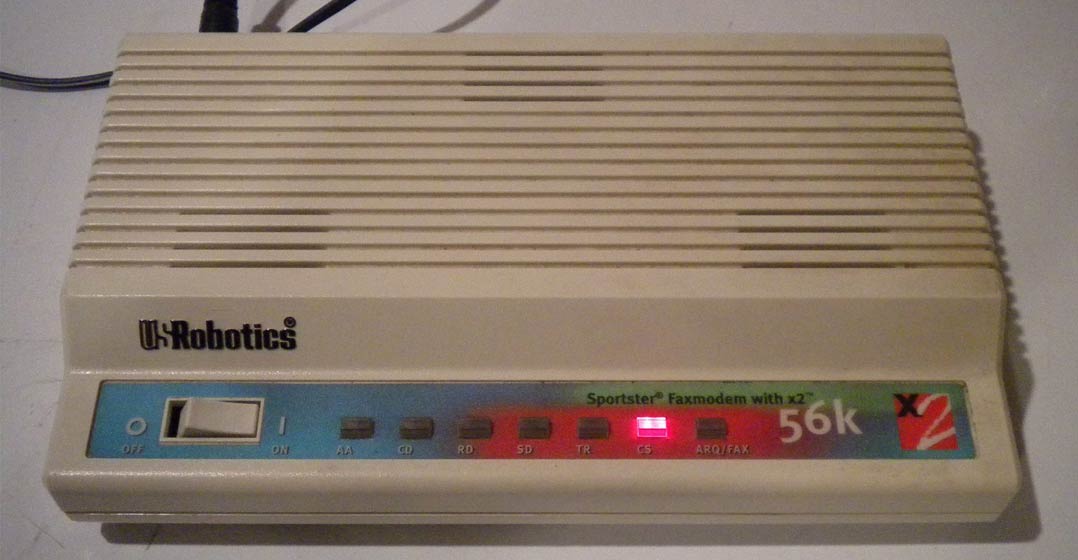 15. US Robotics Sportster 56K modem
15. US Robotics Sportster 56K modem
When the Sportster 56K modem was released in the mid-1990s, dial-up speeds of 56kbit/s were considered to be “blazing” fast. But the Sportster was a significant improvement over previous-generation modems. The Sportster 56K was renowned for its reliability and compatibility with various computer systems, making it a popular choice among consumers and businesses alike. Its plug-and-play capabilities and user-friendly interface simplified installation and setup, further contributing to its widespread adoption.
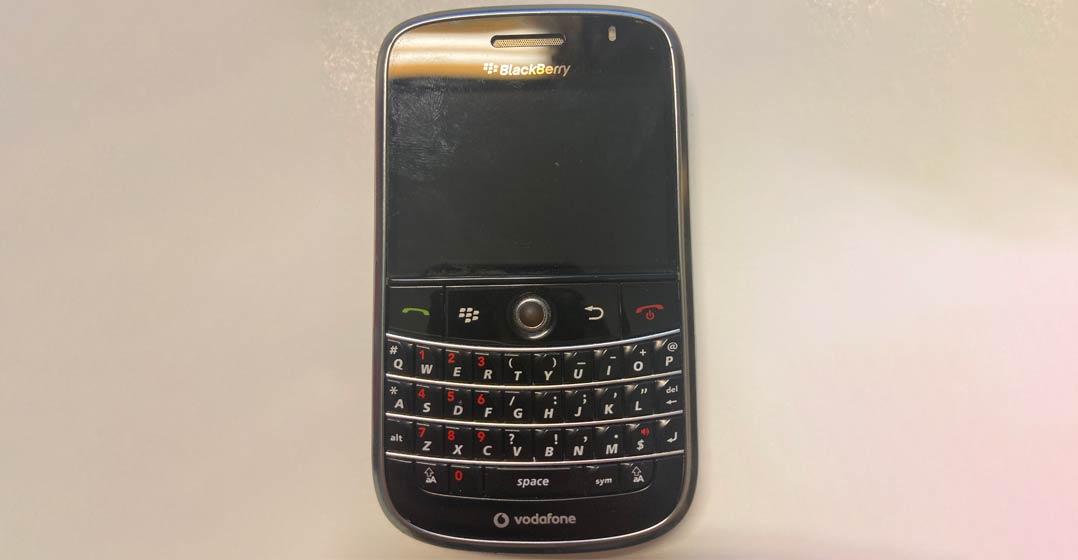 16. BlackBerry Bold 9000
16. BlackBerry Bold 9000
If ever there was an award for how much Fomo (fear of missing out) a single device can induce, then the BlackBerry Bold 9000 would be high on that list. This device epitomised the peak of BlackBerry’s dominance in mobile phones and the brand’s closed system messaging app BBM – along with cross-network bundles that made connectivity much cheaper (remember BIS?) – made this device the one to have, despite the brand’s glory days being short-lived.
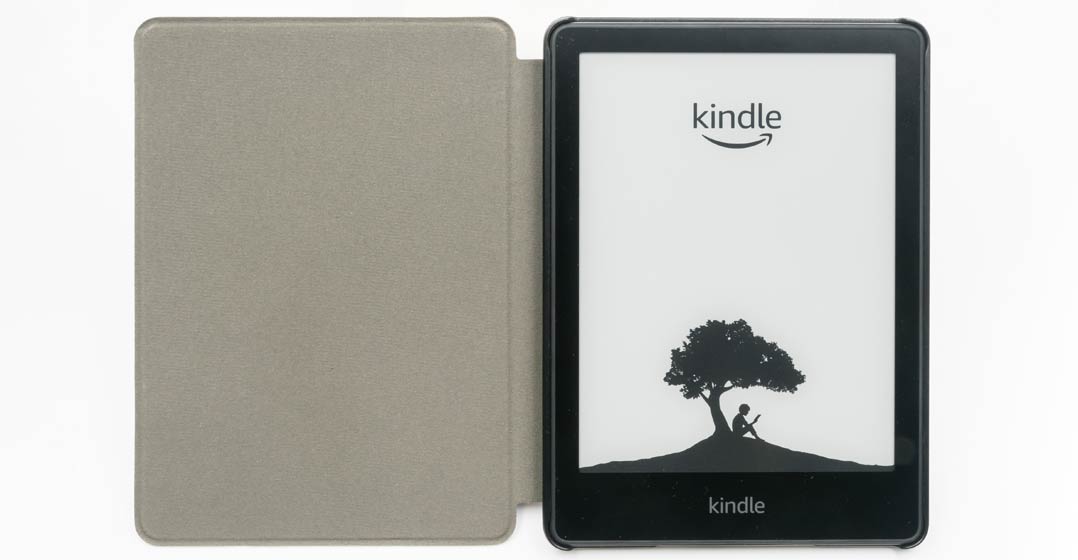 17. Amazon Kindle
17. Amazon Kindle
The digital revolution has been pervasive in its reach, touching all spheres of human endeavour in meaningful ways. Books, however, maintained a sacred status in the hearts and minds of many – until the Kindle came along, that is. Launched in 2007, the Kindle changed the way we read with its e-ink display and vast digital library.
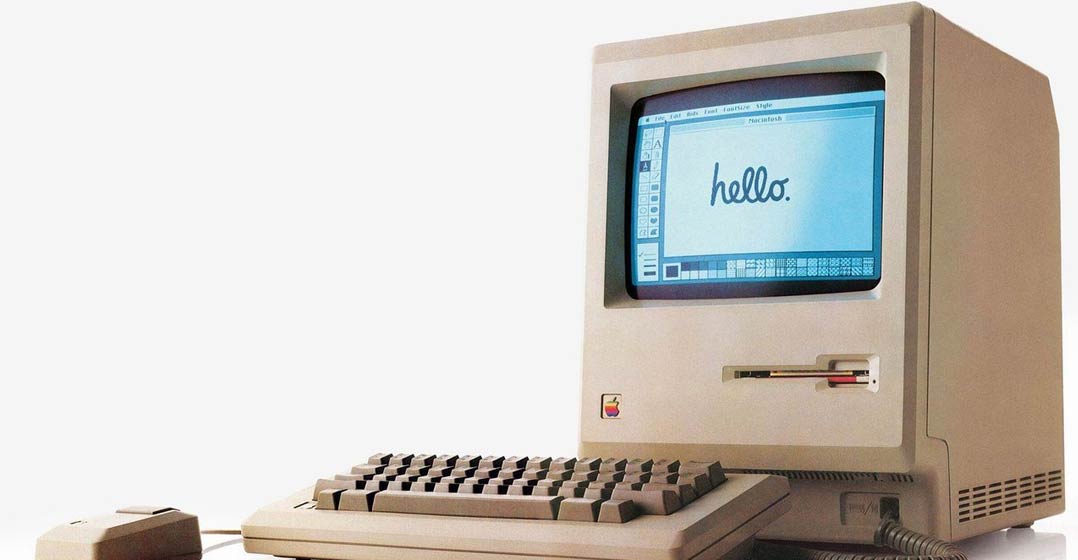 18. Apple Macintosh
18. Apple Macintosh
The original Macintosh computer, released in 1984, made leaps in personal computing by being more intuitive to use than any other computer before it. Featuring a 9-inch monochrome built-in screen, the Macintosh popularised the graphical user interface and mouse combination and also pioneered desktop publishing with ground-breaking software such as MacWrite and MacPaint.
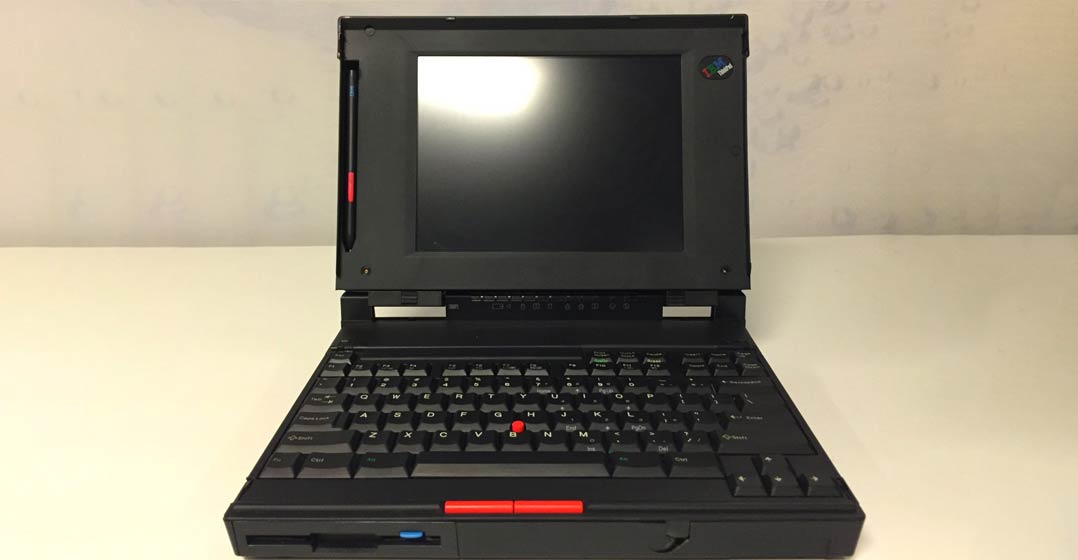
19. IBM ThinkPad
With the dawn of the PC era came the idea to make a portable version of the computer that could be used from anywhere in the world. Getting it right took many iterations over a number of years. In 1992, IBM released the ThinkPad at a time when a growing contingent of business travellers required processing power on the go. The ThinkPad grew to dominate the laptop market well into the 2000s. The business was sold to Lenovo, which kept key aspects of the ThinkPad design like the iconic red TrackPoint.
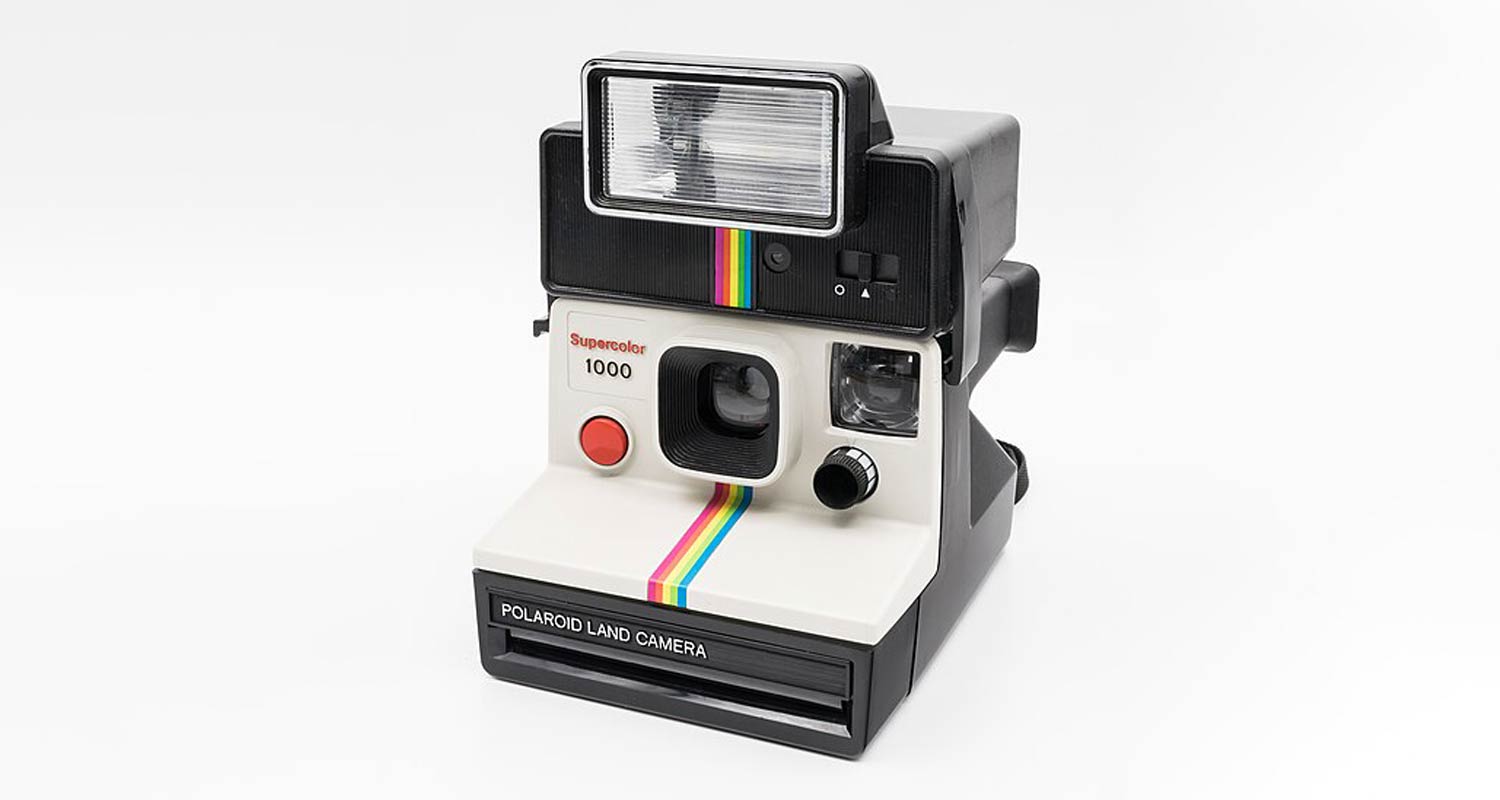 20. Polaroid instant camera
20. Polaroid instant camera
The Polaroid instant camera, invented by Edwin Land in 1948, revolutionised photography by allowing users to instantly capture and print photos. Its integrated film processing system produced tangible prints within minutes, eliminating the need for external processing. Its convenience and immediacy made it a beloved icon of consumer photography for decades. — (c) 2024 NewsCentral Media




